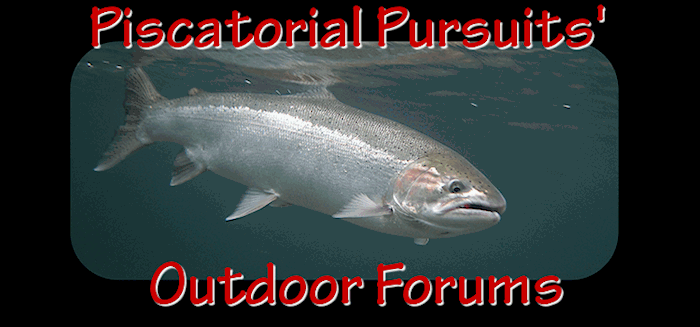Benny,
Yes, this will help Skagit River chinook, pink, and chum, the species that make the most use of estuarine salt marsh. Coho make very limited use of the estuary. You won't see a great increase in salmon production from this action because, of the 80% of the Skagit estuarine salt marsh that has been "reclaimed" to ag land, this restoration action is but a tiny fraction. But hypothetically, it will contribute to an incremental increase.
The Skagit is not spawning habitat limited, and the mainstem offers the best spawning habitat in Puget Sound. Many of it's smaller tributaries have seen better days, but even many of those maintain fair productivity for spawning. Estuary habitat has been identified as a limiting factor for salmon production in the Skagit.
You believe that duck hunters are getting screwed by this plan. Another way of looking at it is that ducks, and duck hunters, have artificially benefitted from a century of diking that created grain fields that couldn't have existed without the dikes. Ducks and duck hunters have enjoyed a "subsidy" at the salmons' expense, if you will. So in the end, is it more "right" to grow ducks on artificially created and maintained duck habitat than to restore a small piece of historic salmon habitat? I guess it depends on your values.
Sincerely,
Salmo g.













 Previous Topic
Previous Topic Index
Index


